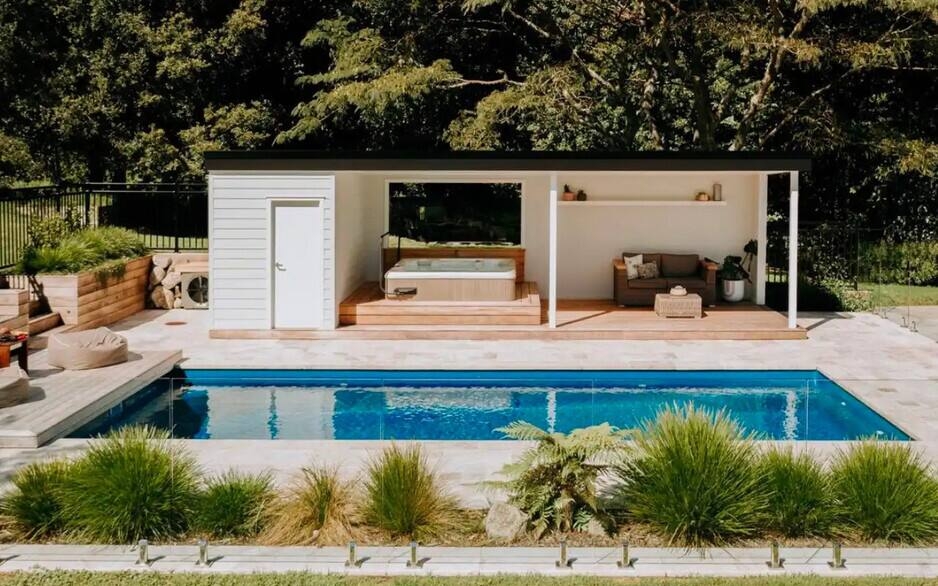

When it comes to installing a fibreglass pool yourself, there are numerous benefits that make it a worthwhile endeavor. One of the main advantages is cost savings. By taking on the project yourself, you can eliminate the need for hiring expensive professionals and save a significant amount of money in the process.
Another benefit is the sense of accomplishment that comes with completing a DIY project. Installing a fibreglass pool requires careful planning, hard work, and attention to detail. By tackling this task on your own, you can take pride in knowing that you were able to successfully install a pool from start to finish.
Furthermore, installing a fibreglass pool yourself allows you to have more control over the entire process. You can choose the size, shape, and design of your pool without having to rely on outside contractors. This level of customization ensures that you end up with a pool that perfectly fits your needs and preferences.
Lastly, installing a fibreglass pool yourself can also be a fun and rewarding experience. It gives you the opportunity to learn new skills, work with your hands, and enjoy the satisfaction of seeing your hard work pay off in the form of a beautiful new addition to your backyard.
Overall, installing a fibreglass pool yourself offers numerous benefits including cost savings, a sense of accomplishment, customization options, and an enjoyable DIY experience. If you're up for the challenge, taking on this project could be well worth it in the end.
For many homeowners, the dream of having a private pool in their backyard is not just about leisure and luxury—it's also about the pride and satisfaction that comes with DIY projects. Building your own fibreglass pool is an ambitious project that can save you money and provide a deep sense of accomplishment. This post explores the key steps and considerations involved in installing a DIY fibreglass pool.
First and foremost, planning is crucial. You need to select the right size and shape of the pool that fits your backyard. Consider how the pool will be used—is it for family fun, fitness, or relaxation? This will determine the design features, such as depth, seating, and the inclusion of swim jets. Next, secure the necessary permits from local authorities to ensure your pool complies with all regulations and safety standards.
The installation process begins with preparing the site. This involves excavating the area where the pool will be placed, which might require professional equipment and expertise to ensure it is done correctly. The ground must be stable and level to support the pool structure, which includes handling drainage and ensuring the soil conditions are suitable.
Once the site is prepared, the fibreglass pool shell can be delivered. These shells are factory-manufactured and delivered in one piece, so you'll need to have a plan for accessing your property with a large delivery. Placement of the shell is critical and often requires a crane. Care must be taken to align the pool perfectly in the excavated area.
After the shell is placed, it's time for plumbing and electrical work, which includes connecting filter systems, water pumps, and heating elements if needed. This stage often requires professional skills to ensure that all components are installed safely and meet code requirements.
Lastly, backfilling around the pool shell stabilizes it, and then decking or landscaping completes the project. This final stage transforms the construction site into a stunning backyard oasis.
While DIY fibreglass pool installation is a significant undertaking, it's also a rewarding project that can add immense value to your home and lifestyle. However, it's crucial to recognize when to call in professionals, especially for tasks that require specialized skills or equipment.
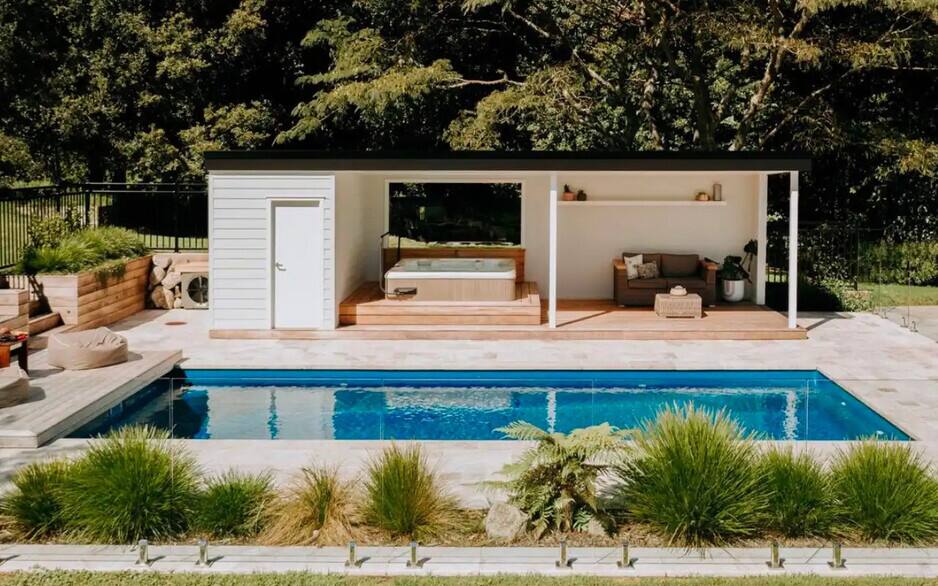
Choosing to install a DIY pool over hiring professionals in Australia can offer a range of benefits, one of the most significant being the potential for higher resale value of your home.. By taking on the project yourself, you have the opportunity to save on labor costs and invest more money into high-quality materials and equipment for your pool.
Posted by on 2024-11-24
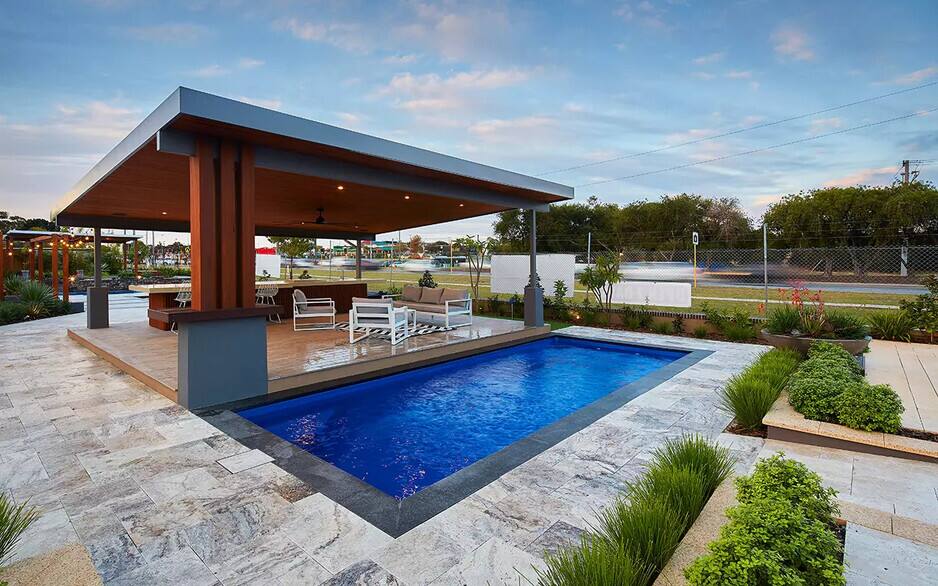
When it comes to installing a DIY pool in Australia, the process for obtaining permits is crucial.. One of the key steps in this process is completing final inspections and obtaining a certificate of compliance.
Posted by on 2024-11-24
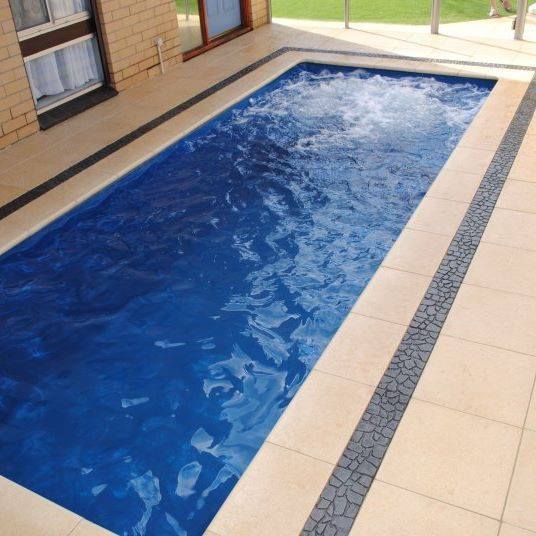
When considering the best location for installing a DIY pool in Australia, one of the key factors to take into account is cost.. Different locations within Australia can have varying costs associated with installing a pool due to factors such as land availability, soil conditions, and labor expenses. In urban areas like Sydney or Melbourne, the cost of installing a pool may be higher compared to regional areas due to higher land prices and limited space for construction.
Posted by on 2024-11-24
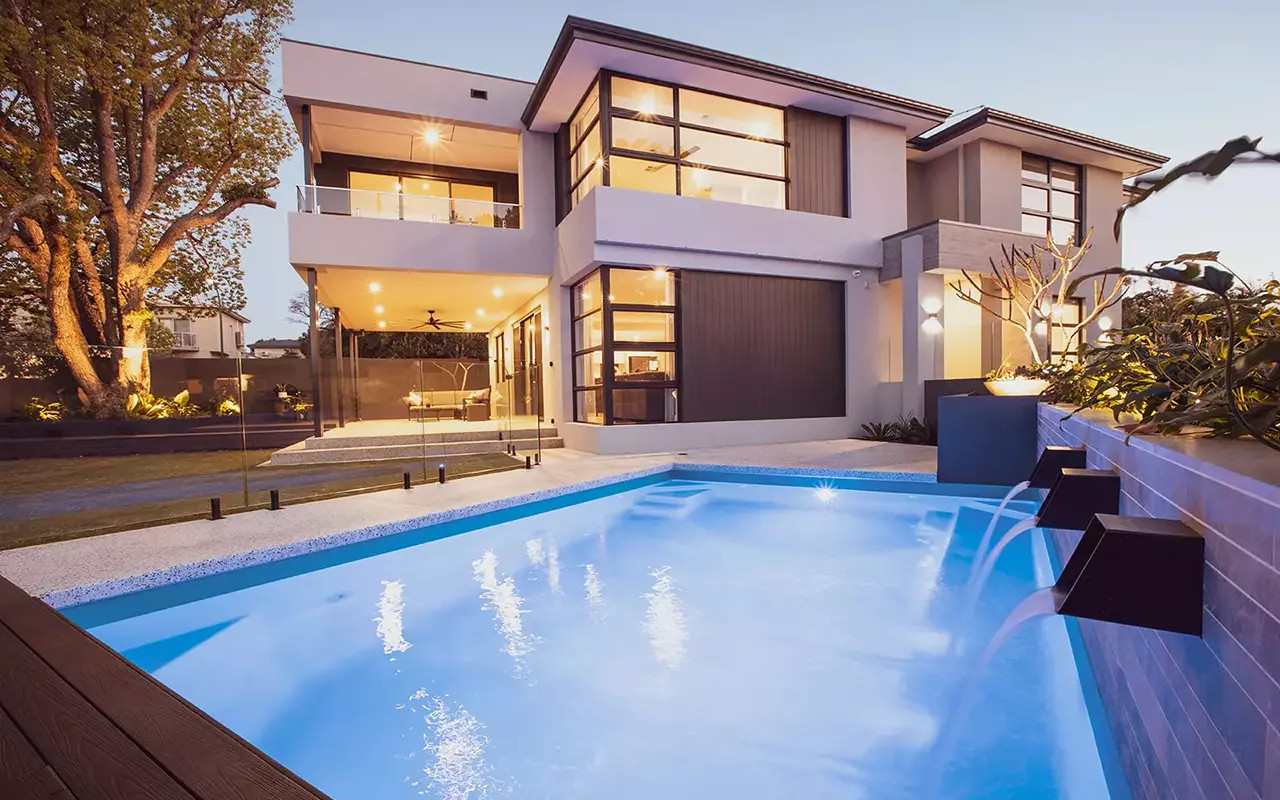
Building a DIY pool in Australia can be a fun and rewarding project, but it's important to keep costs in mind.. Here are some tips for saving money on DIY pool construction: Research and plan carefully: Before you start building your pool, make sure to do thorough research on the materials and equipment you will need.
Posted by on 2024-11-24
| Neerabup Perth, Western Australia | |||||||||||||||
|---|---|---|---|---|---|---|---|---|---|---|---|---|---|---|---|
 Agricultural land on Wattle Avenue | |||||||||||||||
 | |||||||||||||||
| Coordinates | 31°41′28″S 115°46′37″E / 31.691°S 115.777°E | ||||||||||||||
| Population | 112 (SAL 2021)[1] | ||||||||||||||
| Postcode(s) | 6031 | ||||||||||||||
| Area | 34 km2 (13.1 sq mi) | ||||||||||||||
| Location | 36 km (22 mi) from Perth CBD | ||||||||||||||
| LGA(s) | City of Wanneroo | ||||||||||||||
| State electorate(s) | Mindarie | ||||||||||||||
| Federal division(s) | Pearce | ||||||||||||||
| |||||||||||||||
Neerabup is a rural locality in Perth, the capital of Western Australia, within the local government area of the City of Wanneroo.
Prior to European settlement, the Noongar people had lived in the area for more than 40,000 years, taking advantage of the abundant food and water around the chain of wetlands on the coastal plain. In winter, they moved eastwards away from coastal weather, to return in summer as inland supplies dried up. The Mooro people (led by elder Yellagonga during the early years of European settlement) stretched from the Moore River near Guilderton to what is now the Perth central business district, and used to move between Lakes Joondalup, Neerabup and Yanchep.
In 1865, European settlers established the Aboriginal tracks as a stock route from Dongara to Fremantle, travelling along the west side of the lakes. Lake Neerabup was first recorded by surveyor J. Cowle in 1867, the name being a Noongar word which possibly means "swampy place" or "small basin". The part of the stock route between Joondalup and Yanchep is now part of the Yaberoo Budjara Heritage Trail, part of the Bicentennial Heritage Trails Network established in 1988.[2]
The area was often spelled Neerabub, especially by postal and telecommunications authorities, until as recently as the 1960s. It was approved as a suburb name in 1982.[3]
Neerabup is bounded by Wattle Avenue to the north, the Mitchell Freeway to the west, Pinjar Road to the east and Flynn Drive and Burns Beach Road to the south.[4]
Neerabup's population was not measured at the 2001 Australian census.[5]
Neerabup is a sparsely populated agricultural suburb. Several plant nurseries, a fruit and vegetable shop at Menchetti Road and the Neerabup Lake wetland are situated along Wanneroo Road. The western strip between Wanneroo Road and the proposed Mitchell Freeway is approximately the southern half of the Neerabup National Park. The area also contains a golf course, small wineries, a small industrial area on Flynn Drive and several sand and limestone quarries.
Neerabup is home to the Wanneroo Raceway, a 2,411-metre (1.498 mi) road racing circuit. Wanneroo Raceway, which opened in 1969, is the home of motor racing in Western Australia and hosts an annual round of the Supercars Championship.
Neerabup is also home to the Pinjar Park Speedway which opened in 2005. Pinjar Park is a 142-metre (155 yd) Motorcycle speedway which regularly hosts national and international meetings and caters to both senior and junior solo and sidecar racing. Pinjar Park is considered small for a speedway in Australia, with most tracks around the country ranging from 350 metres (380 yd) to 600 metres (660 yd) in length. For the bikes, the speedway replaced the old 550-metre (600 yd) Claremont Speedway which had run from 1927 until 2000, and the Bibra Lake Speedway which closed in 2004.
Neerabup is not served by public transport. The nearest Transperth bus service is the 391 between Joondalup train station and Carramar 2 kilometres (1.2 mi) to the south. These services are operated by Swan Transit.
Neerabup's political leanings are unclear due to its small size and the lack of a polling booth. The nearest large booths tend to favour the Australian Labor Party historically, although most have been won by the Coalition in recent times, especially at federal level.
It is important to check with local authorities regarding any regulations or permits required for installing a DIY fibreglass pool in your area.